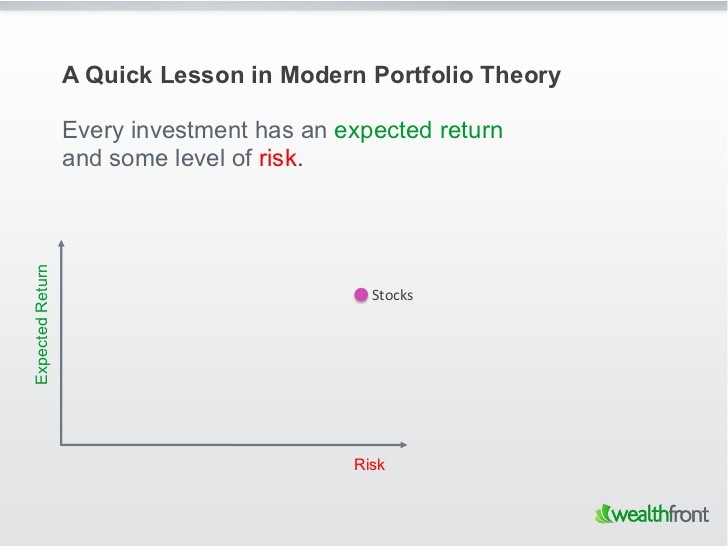Three lessons for ETF investors
Post on: 19 Июль, 2015 No Comment

Tweetbutton tweet
Submitted by admin on Wed, 04/23/2014 — 10:34
Exchange Traded Funds are without any doubt one of the most fascinating developments the financial industry has witnessed over the last twenty years. In substance, ETFs allow investors to gain access to the performance of an index at a reasonable cost without the hurdle of investing in the individual constituents. Structured in the form of mutual funds, they offer the high level of investor protection the regulator is imposing upon collective undertakings. To make it even more compelling, they can be traded in the blink of an eye on the major stock exchanges, cleared and settled as the most common securities.
Delivering a delta-one exposure to an index is however far from being an easy task. Transaction costs, dividend treatment, tax assumptions, replication strategies, discrepancies between exchange trading times and other complexities inherent to the management of an ETF have resulted in those funds requiring fairly complex financial, regulatory and operational setups.
On a monthly basis Koris International publishes a detailed analysis of a major index and the largest ETFs tracking it. We have started our initiative with the MSCI Emerging Markets Index. Covering multiple markets, time zones, currencies and marketplaces, it is probably one of the hardest to track in the equity space.
This document summarizes our analysis and emphasizes on three lessons that can be drawn for investors.
Below are the key quantitative criteria we monitor alongside operational and legal setups. Funds are sorted by decreasing AUM.
From this first ETF analysis, we can draft three important conclusions:
1. ETFs are simple by definition, complex by construction, hard to analyze
Highlighting the key factors we believe should be considered when assessing an Exchange Traded Fund has proven a much more difficult task than expected. Incorrect data, out of date information, heterogeneous specification on legal and operational setup are what made our days over the last months.
Getting right and accurate data before computing statistical indicators took most of our time, and we faced a wide variety of circumstances in which publicly available data was simply wrong. From technical glitches to changes in methodologies, product evolution, computing indicators on garbage data would have been a waste of time; one should therefore not underestimate the risks of assessing ETFs on the sole information provided by public sources.
2. Tracking error is not the panacea
Most investors rely on Tracking Error (TE) as the main measure of replication quality. It is computed as the standard deviation of the daily difference of returns between the ETF NAV and the index. The Tracking Error therefore provides a measure of the dispersion of daily returns around those of the index. Computed daily, it offers a reliable measure of the risks faced by investors to suffer from a gap with the index when trading at NAV or computing the value of their holdings.
Notwithstanding, the Tracking Error alone is not sufficient in capturing the total costs of owning shares of an ETF. assessing the tracking difference, defined as the difference in compounded returns over a one year period, is also necessary. Besides, the Tracking Error fails to capture the extent to which infrequent but large differences can impact your investment (fat tails); this is why we believe it is key to also assess the 95% Value at Risk of daily excess returns. Our study shows that ETFs may have more or less limited capacity to mitigate those large differences though still exhibiting comparable Tracking Errors.
3. Expense ratio is not a good measure of quality

Expenses ratios put forward by fund promoters vary between 45bps and 75bps per annum and the daily Tracking Error varies between 0.5bps and 10.2bps while the average yearly excess return (the real cost of being invested in an ETF) varies between 80bps and 109.6bps.
We have not identified any clear relationship between the visible expense ratio and our measures of replication quality. Selecting an ETF on the basis of management fees can therefore be seen as a naïve, if not blind approach to ETF investing.
The following picture displays the dispersion of ETFs when it comes to tracking error and tracking difference. It clearly demonstrates that all ETFs are not equal and that the Expense ratio cannot be considered as a determinant element on an investor’s standpoint. Investors will have to assess those various risk and performance indicators depending on their specific circumstances.
Concluding remarks
This first analysis of the largest ETFs tracking the MSCI Emerging markets index allows us to draft a number of significant conclusions. More can be said when evaluating the detailed information available in the full report and we will let investors evaluate ETF quality by themselves based on their specific needs.
Beyond the complexity of this exercise, we would like to stress that ETFs probably represent one of the most convenient and economically interesting vehicles to passively invest in an index.
Recent outflows from Emerging Markets have raised concerns about the potential risks ETF vehicles could carry in extreme market circumstances. None of the 9 ETFs we have analyzed seems to have suffered from poor tracking quality over the last months which might be an indication that ETFs have proven extremely resilient to market turbulences, some ETFs even demonstrating better tracking differences over the last months.














